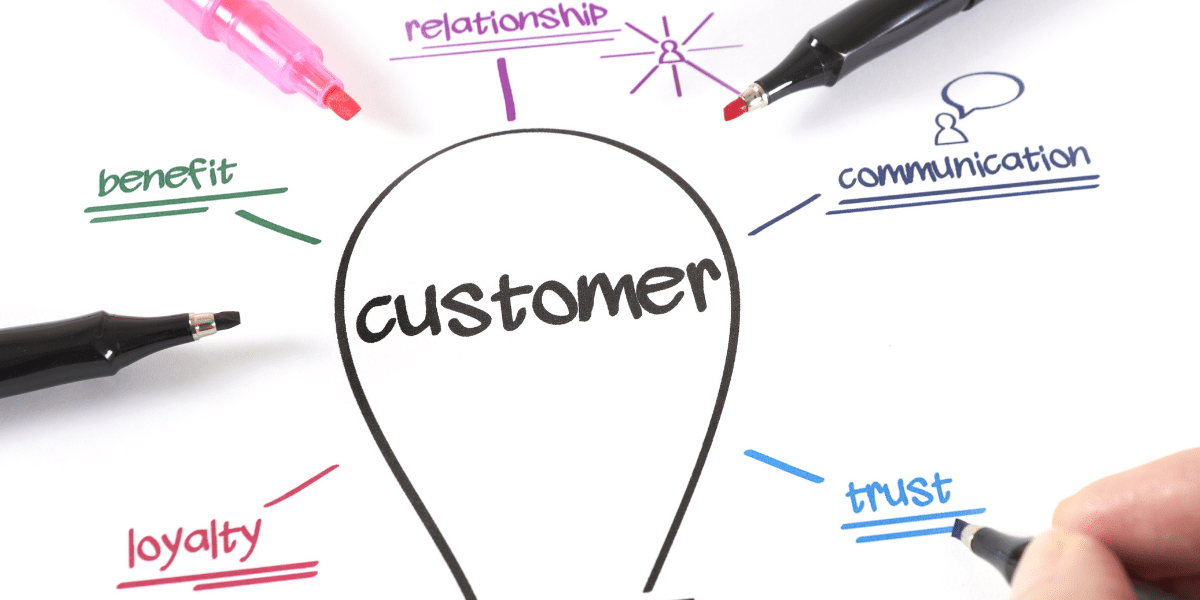A customer success management program consists of many moving parts that help you deliver a great customer experience. When was the last time you took a hard look at your multiple customer success processes? If it’s been a while, don’t worry, because we’re going to address this question as we look at customer success (CS) automation.
Any time that I bring up the term CS automation, there’s someone who immediately goes on the defensive. You can’t automate the customer experience!” And they’re right! But what you can do is automate the repetitive tasks that go into running a successful CS team. This automation helps you reach several goals:
- Get and stay organized.
- Send the right content at the right time.
- Communicate better with customers.
- Monitor for and manage customer health.
- Measure and understand the effectiveness of your customer interaction.
- Improve education and onboarding efforts.
- Analyze customer interactions to identify opportunities and challenges.
Now that we have our goals in mind, let’s look into the real work of how to get it done. It starts by thinking somewhat like a programmer. When programmers see repetitive tasks, they can lighten their load through scripts and other automation. The same holds true in CS, as long as we track the work that we’re doing. That starts with having a system of organization.
Automate to Get and Stay Organized
Customer success can be a lot for one person or even one team to handle. You have to manage customer relationships, onboard customers, and monitor their progress as they become more successful. Many companies realize that the best customer success teams can help to build a loyal customer base, which is why they’re boosting their headcount and investing in new technology.
We’re all familiar with the idea of reminder emails for customers, but what about reminders for ourselves? We have obligations to every customer that uses our products. When we make promises to them, we then set up milestones that we need to track. Automating this tracking not only serves as a reminder to us, it helps us to avoid the high costs of missed promises.
Look through your workflow on a regular occasion and try to spot areas that could benefit from organizational automation. None of this has to be customer-facing, but the impact that your customers feel when it works can help to drive down churn and build even better customer relationships.
Automate for Timely Content
No matter how well you craft your messaging, customers may still have questions or need help along the way. This can create a new set of problems, because it is difficult to determine when and how frequently to engage with them. If you are too aggressive, you can drive your customers away with too much communication. If you are not aggressive enough, they may not get the value they expect from your product or service.
Automation solves this problem. Lean on automation tools for content like onboarding emails, post-purchase follow-ups, and even some support tickets. Granted, some of these will take a bit more time up front to set up correctly, but the time you will save is worth the effort.

Onboarding emails should always be timely and relevant. They should guide users through their first steps easily and efficiently, with personalized content and links that are automatically updated as users progress through each step of the sales process.
Customer support tickets can use automation to reduce ticket response times. Want to make it even faster? Use TextExpander to access answers with just a couple of keystrokes. Answering a customer question about something that happened weeks ago will only frustrate them further as they try to remember what happened and why they needed help in the first place.
Look for opportunities to automate invoices, upsells, renewal communications, or any other areas where you can benefit from being in timely contact with your customers. They’ll thank you, and you’ll have more time to focus on the stuff that matters most.
Automate for Better Communication
This point goes along with the previous one, but it’s worth breaking out on its own. Making sure that your content is timely is only half the battle. Being able to communicate with customers at every stage of their journey is one of the most effective ways to improve customer success. From sending automated emails when someone abandons their shopping cart to sending notifications about order status or shipping, this kind of communication is essential for improving conversions.
Your goal for customer success is to ensure that the user has a great experience and enjoys using your product. By proactively reaching out to users, you can avoid churn by identifying issues before they become problems. You have a myriad of tools at your disposal, from email campaigns to live chat, in-app messaging and more.
Remembering that communication is bi-directional, here are the questions that you want to answer:
- Are your customers receiving value from your product?
- Are they able to use it with ease?
- Are they able to achieve their goals with no problems?
If not, then there is still time to rectify the situation or otherwise address the problem before it turns into churn. Be careful to avoid removing the human factor when automating these communications. Using knowledge activation tools like TextExpander’s Snippets in live chat and email support can help you to balance automation with the personal touch.
Automate to Monitor and Manage Customer Health
If you can measure it, you can manage it. But that’s easier said than done.
Customer health is a highly nuanced metric that relies on multiple factors. Your definition of customer health might vary depending on your business model and your stage of growth. Ultimately, though, you want to know if customers are getting value from your product or service. If they’re not, what can you do to change their course?
There’s plenty of data that can help you determine the health of a given account: user activity, support tickets raised and resolved, features used or not used, average revenue per user (ARPU), churn rate and so on. The problem? It’s scattered across multiple systems, making it difficult to get a single view into each account and even more difficult to track changes over time.
Automated engagement will solve part of these problems, but at some point we need to call in the humans.
While most solutions center around dashboards or reports, we need something that moves straight into action. By writing out rules for automation, we can get notifications when customers need a high-touch intervention. Automated engagement will solve part of these problems, but at some point we need to call in the humans.
Even better? We can use these same systems to give us regular health checks across different segments of customers. As we make product changes, roll out requested features, or adjust pricing, we can lean on this automated monitoring to help us keep a finger on the pulse of customer happiness.
Automate to Understand Customer Interactions
Our goal should be to build a world-class customer success team, and in order to do that we have to make our processes as efficient as possible. One of the most important elements is the automation and tracking of every customer interaction.
Why is this important? Generally, there are two types of data you can collect: quantitative and qualitative. Quantitative data helps you better understand how effective your customer interactions are. For example: did a particular action result in an increase or decrease in monthly recurring revenue (MRR)? Did a specific interaction help reduce churn? Can you tie retention rates to the number of support tickets a customer had?

Qualitative data helps you identify patterns and trends across your customers that you can use to improve your product development and sales cycles. It also provides valuable insight into what works well with customers, so you can leverage those techniques for other accounts. Examples include: How engaged are users on your platform? What features are seeing the most usage? Which features do users find difficult to use or don’t find useful? Is there any overlap between users who have a high churn risk and low engagement scores?
When you automate the tracking of these interactions, and start to see the results, it’s easier to take action on them.
Automate to Improve Education and Onboarding
Education and onboarding may sound like the same thing, but they are two separate processes—one is a long-term investment, while the other is an opportunity to get a new customer up and running as quickly as possible.
Education helps customers learn to use your product or service efficiently. It’s about investing in your customer’s future productivity. For example, if you’re selling accounting software, education involves giving customers practical tips on how to work most effectively with the platform. Education can also include training videos and how-to guides.
Education should be ongoing, tailored to individual user needs and based on their feedback. It’s not something that you can start and stop—it has to be a continuous part of your business model. But because it takes place over time, it’s a task that automation can simplify and standardize.
Customer onboarding is the period of time after a sale where you are getting your new customers familiar with your products, services, and brand. It’s so vital because it has been shown that the first 90 days of a sale are critical to keeping new customers engaged and loyal to your brand.
Customer onboarding doesn’t just introduce your product or service to your customers — it also introduces them to your company, brand, and culture by providing an opportunity for personalization, communication, and feedback. Use automation to auto-assign a customer success manager, to keep the customer moving through the new user journey, and to make sure that you’re using standard language will all new signups.
Automate to find Opportunities and Challenges
There has been a recurring theme across every one of these points: automation can help you find opportunities and challenges. Almost every article that I read about automation focuses on a central idea of being more effective. While that’s true, those articles tend to ignore the underlying cause of that efficacy.
When we look for ways to make our lives easier, and to make our customers happier, we also find the things that are preventing those from happening. We can choose to see these as obstacles, or we can choose to see them as challenges that we can then turn into opportunities. Automation is a key to doing the latter.
We’d love to hear about your automation successes. What areas did you automate that you found to be especially useful? Sound off in the comments and give us some ideas that we can write about later.

